Class Tension, Disillusionment, and National Allegory in Y Tu Mamá También.

Contrary to Michael Atkinson’s point of the ‘road movie’ as apolitical, Y Tu Mamá También (Alfonso Cuarón, 2001) works as a film invested with Mexico’s socio-political sphere. This essay will explore the ways in which inequality becomes codified throughout the film’s language, noting primarily how Julio and Tenoch wrestle with the existence of their class differences and how motifs of unfulfilled promise can translate into a wider allegory about Mexico at the turn of the millennia.
Yet, the bulk of the narrative gives the façade of agreeing with Atkinson’s argument. Both Julio and Tenoch are persistently ignorant to the condition of the Mexico that they inhabit, rather they speak mostly of sexual conquests and crude jokes. Cuarón instead involves the film in its contexts through usage of a wandering camera. This feature allows the focus to shift away from the main action and to instead incorporate glimpses into a country rife with disparity. For example, the wide-angle shot of women washing their clothes in the river. Elsewhere, where the camera seeks to centre upon stop-searches on the less fortunate. These events are ignored by the main characters, yet their inclusion suggest attention must be granted to these occurrences.
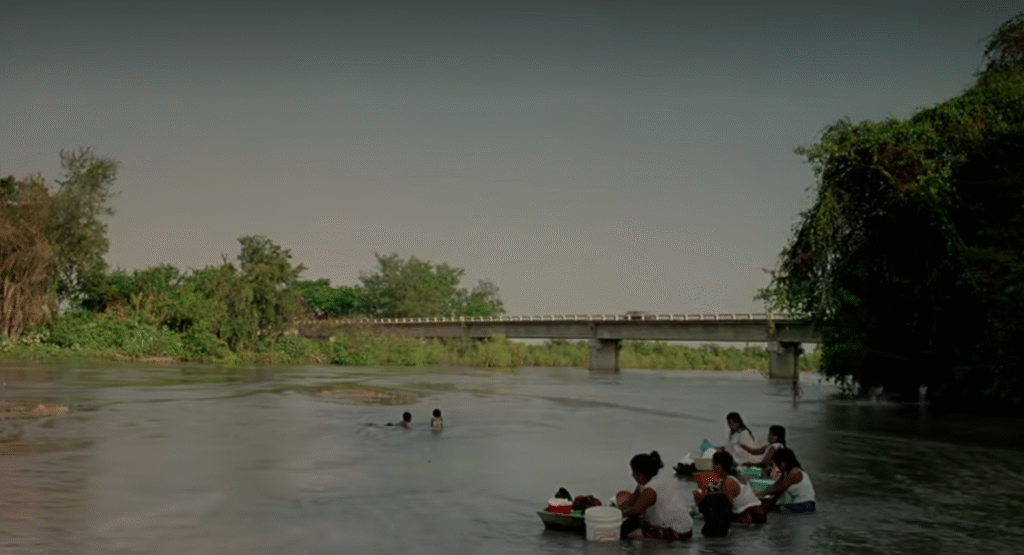
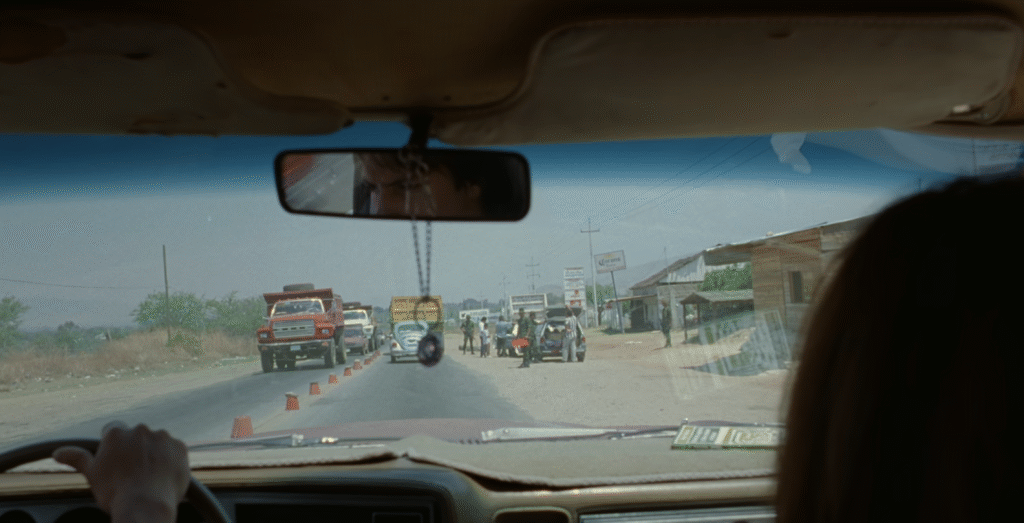
This depiction of Mexico is telling as contemporary critique, particularly within the domestic sphere, had blasted the film for its unglamorous images of Mexico. In an interview with Diego Luna (Tenoch), he defended the film’s national portrayals stating that its ambitions were not to dress up Mexico but rather to provide ‘a reflection of reality’.1 In another interview, Cuarón spoke on his portrayal of Mexico as ‘without filters of make-up’.2 These quotes evidence a commitment from the film’s crew to utilise its visual medium as a truthful representation of their country with all its complexities.
In tandem with the camera, usage of the omniscient narrator provides further involvement with the socio-political. This is evident in the narrator’s elaboration on the teenagers’ ‘partial truths’ that they share with Luisa. He reveals Julio masking his smell after using Tenoch’s toilet and Tenoch using his foot to use Julio’s toilet. These actions not only signify an unspoken acknowledgement of their class differences, but also where recognition of difference is met with concealed conflict. This conflict also appears in Tenoch’s recognition of Tepelmeme, disclosed by the narrator as the birthplace of his nanny, Leo. The conflict emerges through Tenoch’s suppression of this fact and the narrator makes sure to point this out: ‘Tenoch didn’t share this with the others’. This concealment hints towards a shame harboured by Tenoch; that when relations across classes are of sentimental value, they are ‘guiltily repressed’.3
However, class conflict does not always appear in the film’s subtext. Julio and Tenoch’s heated confrontation upon the discovery that they have been sleeping with each other’s girlfriends illustrates this, as both characters resort to using classist insults. Tenoch is quoted on using ‘pinche nacote’ which roughly translates to ‘lower-class trash’, whereas Julio’s ‘pirrurri de mierda’ insults Tenoch’s upper-class status. The scene demonstrates how fragile relations across class lines can be, that overt reference to their difference becomes the easiest avenue to scorn another.
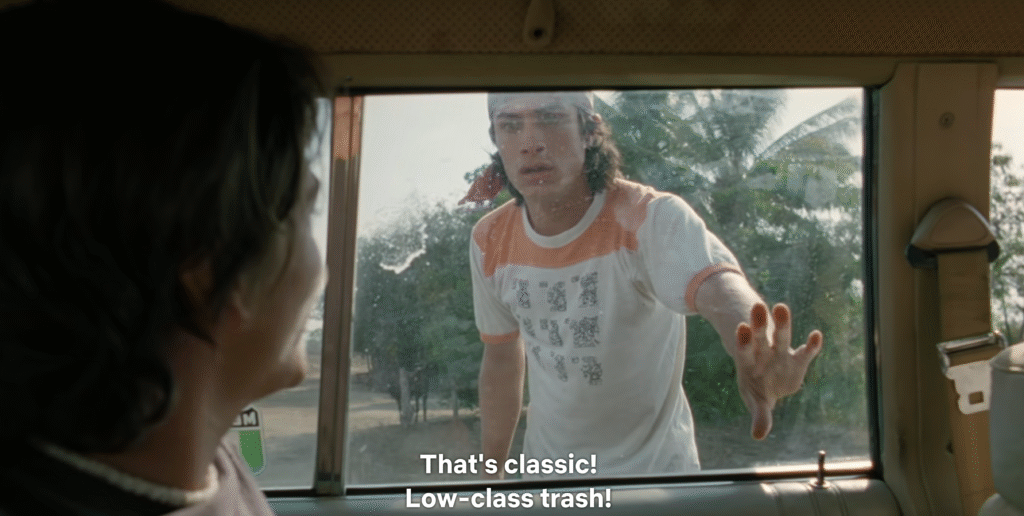
Fernanda Solórzano encapsulates how the film depicts class dynamics, where ‘strata coexist without touching’.4 She recognises how class becomes a fixed boundary that inhibits connection between the characters. That within a Mexico littered with inequality, it becomes unsurprising that hierarchy and dynamics is thus structured on the socioeconomic. Julio and Tenoch work as microcosms of this phenomenon as throughout the narrative, whether overtly or within the subtext, they clash due to their class difference. This is true even in the scenes that enact moments of promise in the idea that class differences can be alleviated: within the idyllic ‘Boca del Cielo’ and the teenagers’ kiss. Each instance shows the potential in transcending difference, but in turn also reveals the brittle nature of this possibility as both examples conclude with re-establishment of the status quo.
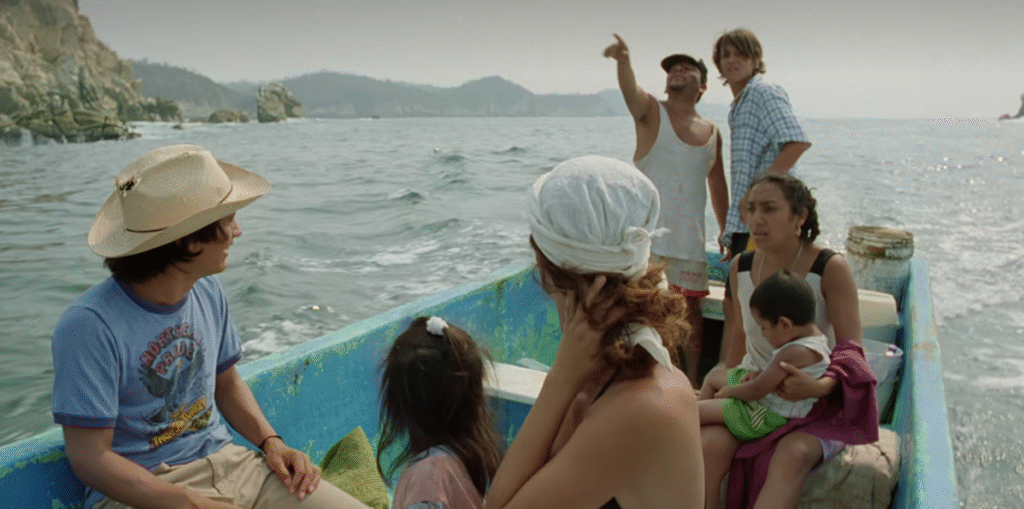

In further detail, the scenes at ‘Boca del Cielo’ are described as the ‘one moment in the film’ where characters across class and national divides ‘all exist together and for each other’.5 The teenagers’ differences are put aside, and the protagonists achieve a state closest to an equilibrium than in any other point of the entire narrative. The characters of Chuy and his family, who are locals to the setting, arrive alongside them with an offer of food and a shared experience. However, where Luisa encapsulates hopes for eternity within this egalitarian utopia (‘You ever wish you could live forever?’), these hopes are quickly dismantled. The omniscient narrator reminds the audience of the mutability of this paradise. Chuy is doomed to be separated from his version of paradise at the Cielo del Boca as a result of influence from both foreign capitalists and the state. Elsewhere, knowledge of Luisa’s death and the deterioration of the boys’ friendship points towards the film failing to establish long-lasting class resolution.
False promise thus becomes a motif which is carried into Y Tu Mamá También’s homoerotic climax. The teenagers have an opportunity to alleviate class difference through gratification of their homoerotic desires, yet their subsequent breakdown in relations point towards disparity and difference as being too much of an obstacle to overcome. This theme of unfulfilled potential perhaps points towards a Mexican state who left its citizens short-changed after the promise shown at the end of the seventy-year authoritarian PRI rule. Julio and Tenoch return to the traditionalist norms that was so often represented by the PRI: incessant conformity, the triumph of toxic masculinity (‘machismo’) and the absence of a solution to Mexico’s inequality. Y Tu Mamá También thus encapsulates the diametrical opposite to Atkinson’s generalisation of the ‘road movie’ genre. Through specific focus being dealt towards showcasing tensions between classes and the rifeness of inequality within Mexico, Cuarón constructs a careful portrait of a country at the verge of socio-political transition. Furthermore, granted with the hindsight of the stagnation and corruption that encompassed post-PRI governments, the film’s downbeat conclusions work as an incorporation of national allegory. In this, is the implication of a film deeply entrenched within its contexts.
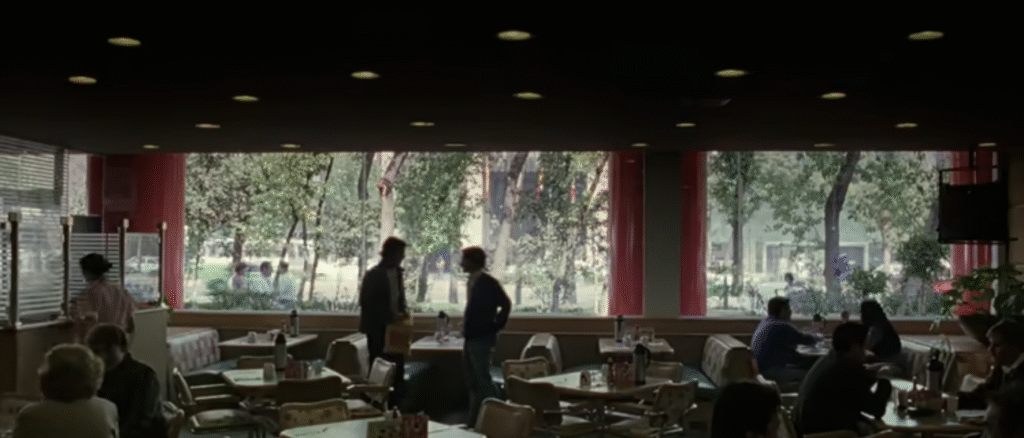
- Now, Kim Hendrickson (Criterion, 2014) [on DVD] ↩︎
- Maria Delgado, Alfonso Cuarón: A Life in Pictures, online video recording, BAFTA, 20 December 2011, < https://www.bafta.org/film/features/alfonso-cuaron-a-life-in-pictures> [accessed 21/03/2024] ↩︎
- Paul Julian Smith, Y tu mamá también (London: Bloomsbury, 2022) p. 42 ↩︎
- Fernanda Solórzano, Letras Libres, 2002 https://letraslibres.com/cine-tv/la-ultima-carcajada-de-cuaron/ [accessed 20/03/2024] ↩︎
- María Josefina Saldaña-Portillo, ‘In the Shadow of NAFTA: “Y tu mamá también” Revisits the National Allegory of Mexican Sovereignty’, American Quartely, 57.3 (2005), pp. 751-777 (p. 771) ↩︎
Leave a Reply